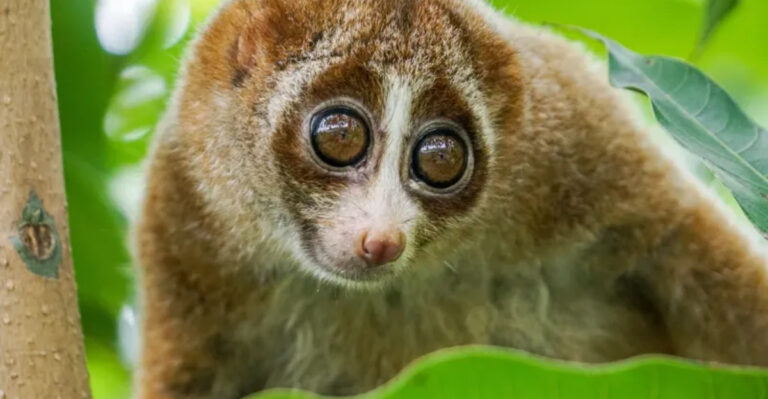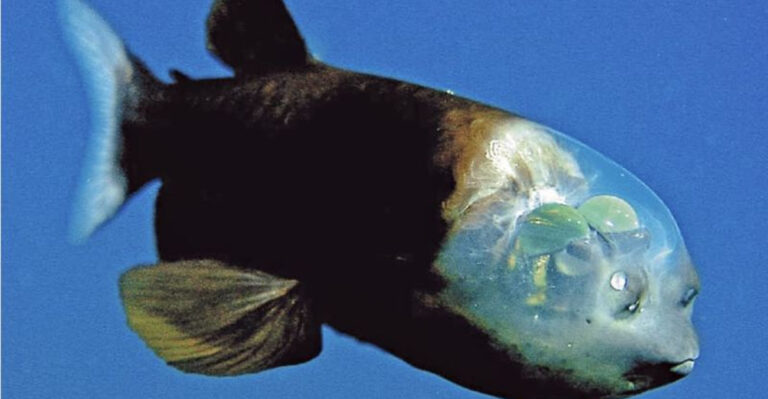8 Early Warning Signs Of Snakes In Your Yard And 5 That Signal A Serious Infestation
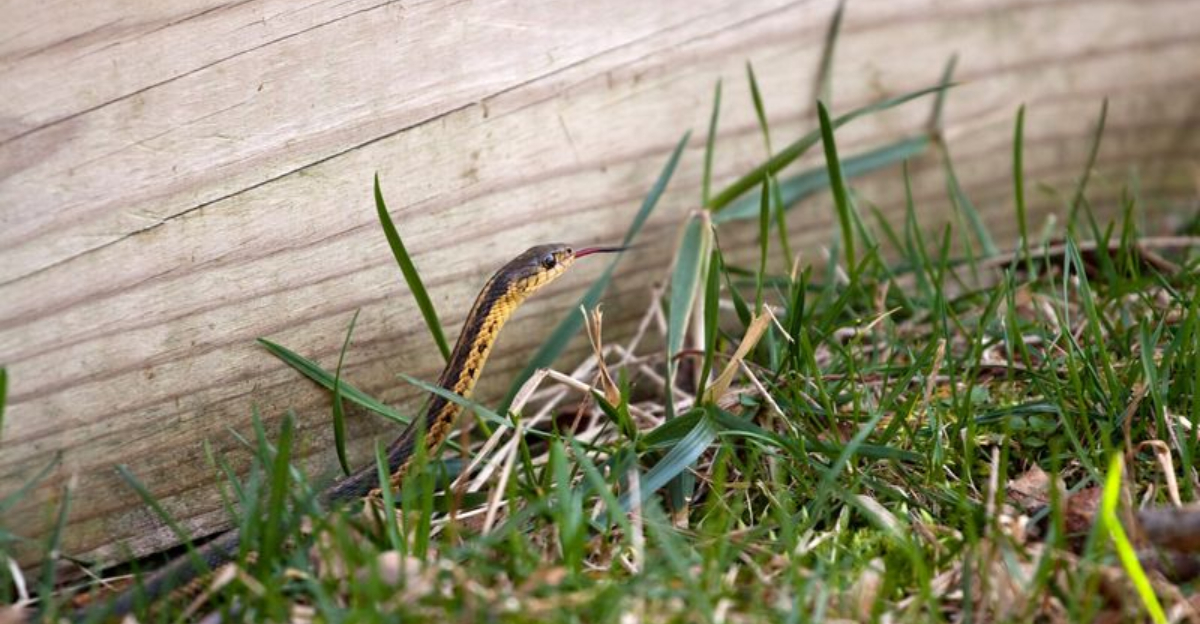
Finding snakes in your yard can be startling and potentially dangerous, especially if venomous species live in your area.
Knowing what signs to look for helps you stay safe and take action before a small problem becomes a major infestation. From unusual animal behavior to distinctive tracks, these telltale signals can alert you to slithering visitors on your property.
1. Shed Snake Skins
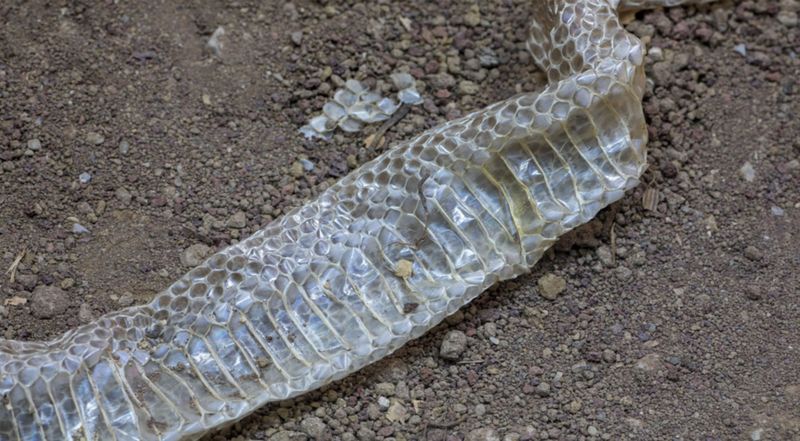
Transparent, papery remnants scattered around your yard are unmistakable evidence of snakes. These shed skins appear as hollow versions of the snake, complete with scale patterns and eye caps.
Snakes typically shed several times a year as they grow. Finding a skin means a snake has recently been in that exact location and likely remains nearby, using the same shelter or hunting grounds.
2. Unusual Pet Behavior
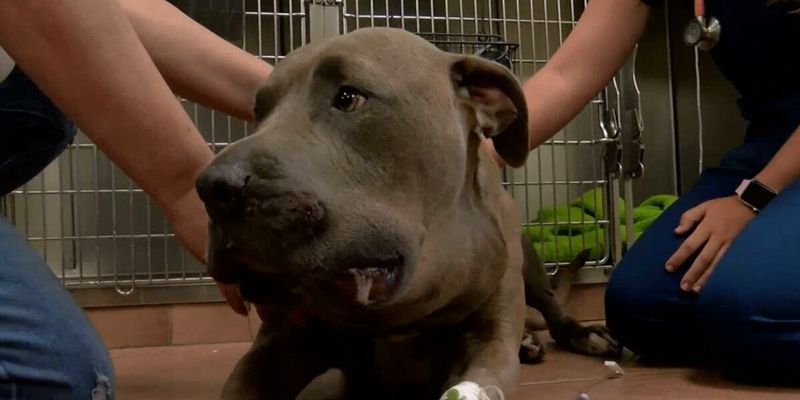
Your dog barking at seemingly nothing under the deck or your cat stalking invisible prey in the garden beds might actually be responding to a snake.
Pets often detect snakes before humans do. Watch for focused attention, alert postures, or refusal to enter certain areas. Animals may paw at gaps in rocks or wood piles, or circle specific spots repeatedly while showing signs of agitation.
3. Slither Tracks In Dirt
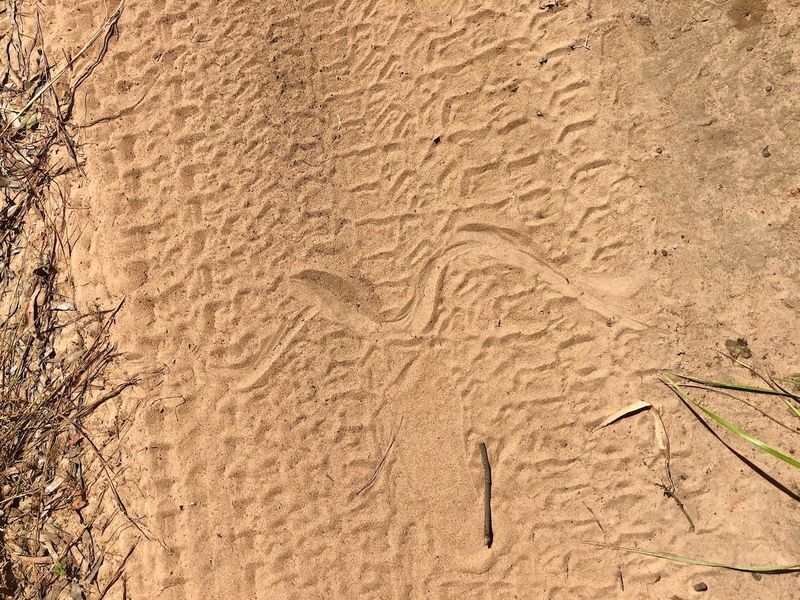
Snake tracks appear as wavy, continuous lines in loose soil, sand, or dusty areas. The distinctive S-shaped pattern differs from tracks left by other wildlife and varies depending on how the snake moves.
Fresh tracks indicate recent activity, especially noticeable after rain or in areas with fine dust. Look for these telltale marks around foundations, garden beds, or pathways where snakes might travel between hunting grounds.
4. Disappearing Small Animals
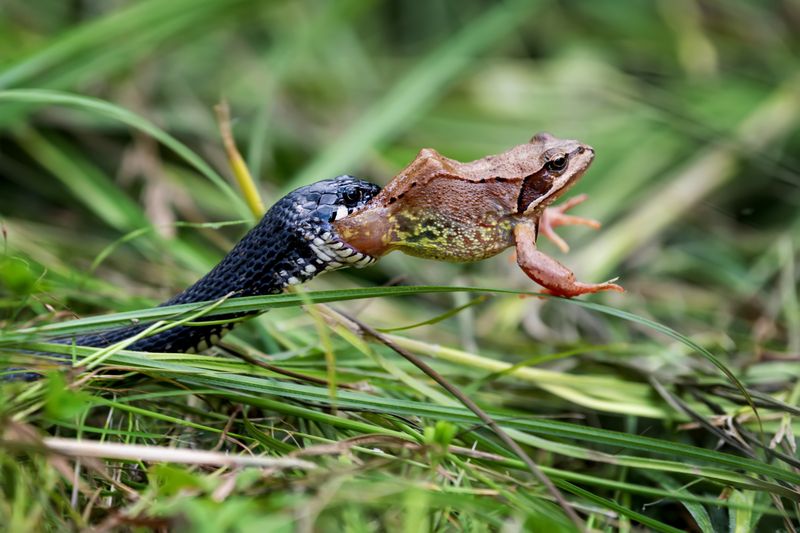
A sudden decline in backyard wildlife like frogs, lizards, or mice could signal a predator’s presence. Snakes are efficient hunters that can dramatically impact local prey populations.
Gardens that once buzzed with small creatures might grow quieter as snakes consume their natural food sources. This change happens gradually but becomes noticeable when familiar visitors stop appearing or when pest populations unexpectedly drop.
5. Snake Droppings
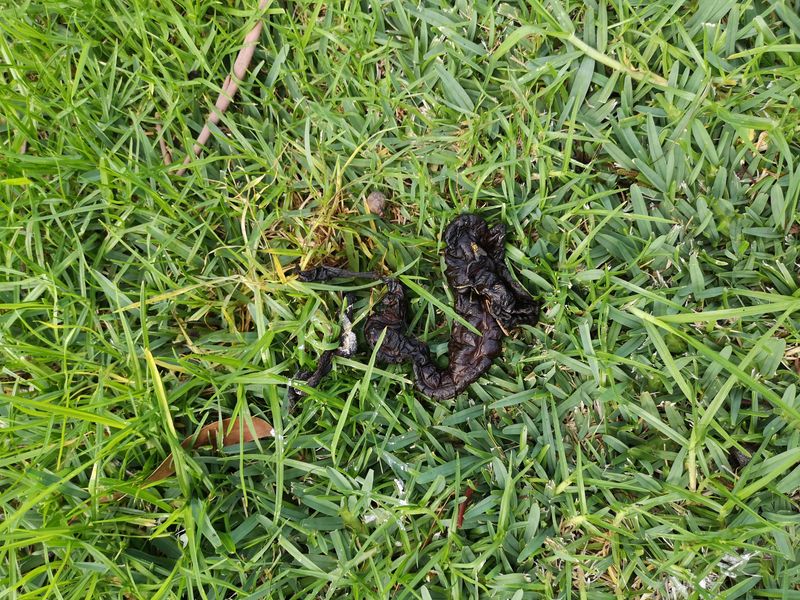
Snake feces are distinctive dark, tubular droppings with white caps or streaks of uric acid. They resemble bird droppings but are more elongated and often contain visible bone fragments or fur from prey.
Fresh droppings indicate active snake presence. You might find these near sheltered areas where snakes rest or along paths they regularly travel. Multiple droppings in one area suggest the spot is frequently used.
6. Mysterious Holes Appearing
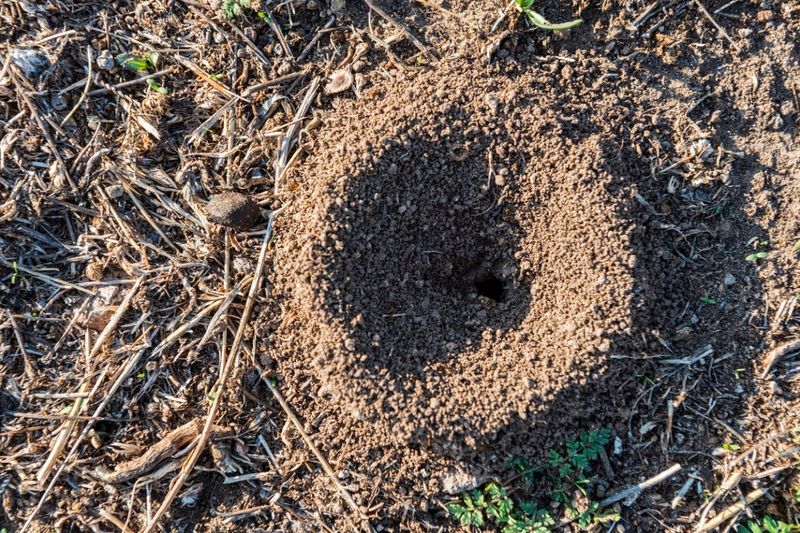
Small, clean holes about 1-3 inches wide might be snake entrances, especially if they lack dirt mounds that rodents typically create. Snakes often repurpose abandoned animal burrows rather than digging their own.
Check areas near foundations, under sheds, or alongside retaining walls. These access points allow snakes to move between underground shelter and hunting grounds while staying protected from predators and temperature extremes.
7. Rustling Noises In Vegetation
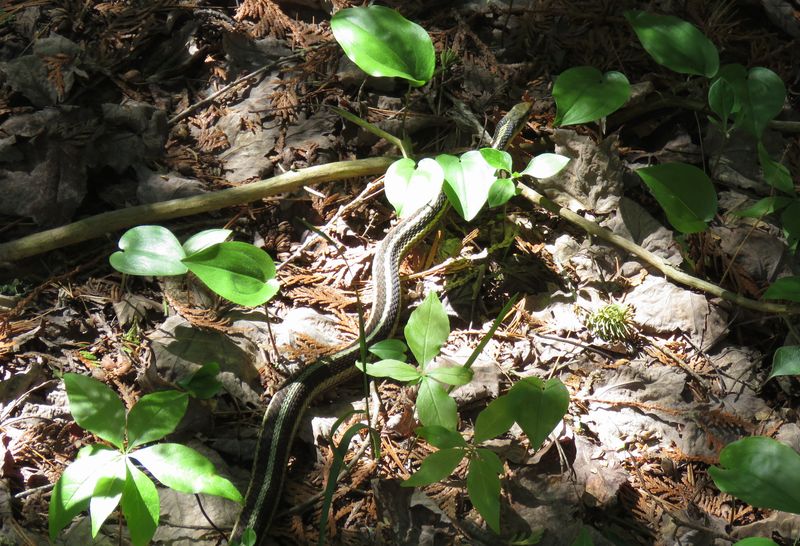
Dry leaves rustling without wind or visible animals might be snakes moving through ground cover. Their smooth bodies create a distinctive sliding sound different from the hopping or scurrying of other wildlife.
Listen carefully during warm mornings or evenings when snakes are most active.
The sound often stops abruptly when you approach, as snakes freeze to avoid detection before slipping away to shelter.
8. Birds Sounding Alarm Calls
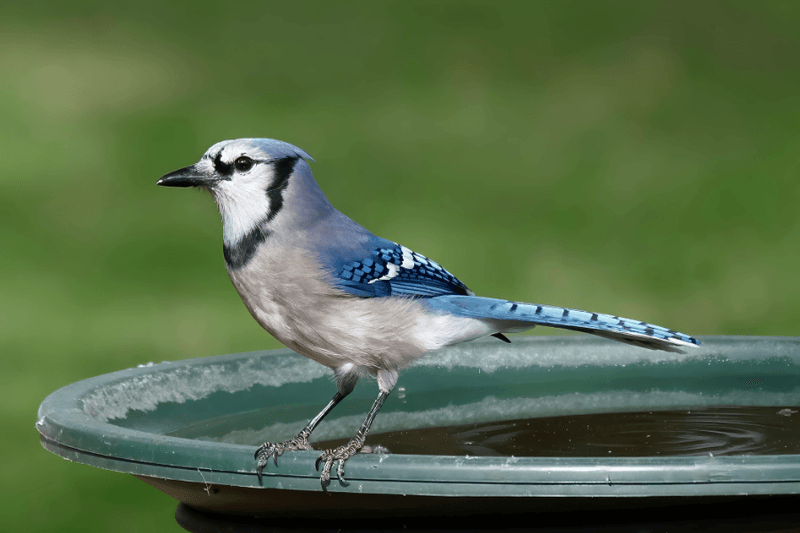
Birds have specific alarm calls they use when predators are nearby. A sudden chorus of sharp, repetitive warning chirps from multiple birds focused on one area often indicates a snake’s presence.
Watch for birds diving or swooping at something on the ground. This mobbing behavior is their attempt to drive away threats to nests or young. Birds are excellent snake detectors and will continue alarming until the threat leaves.
9. Multiple Snakes Sunning Together
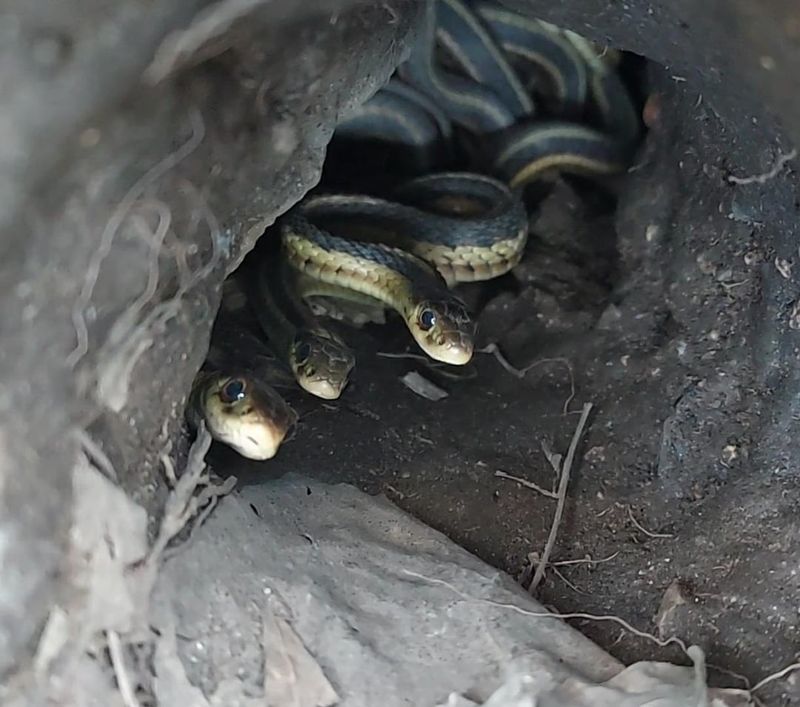
Finding more than one snake basking in the same area signals a potential infestation. Snakes are generally solitary except during mating season or when ideal habitat is limited. Multiple snakes using the same sunning spot indicates they’ve established a community with nearby shelter.
This behavior is especially concerning in early spring when snakes emerge from hibernation, as it suggests a den may be on your property.
10. Snakes Inside Your Home
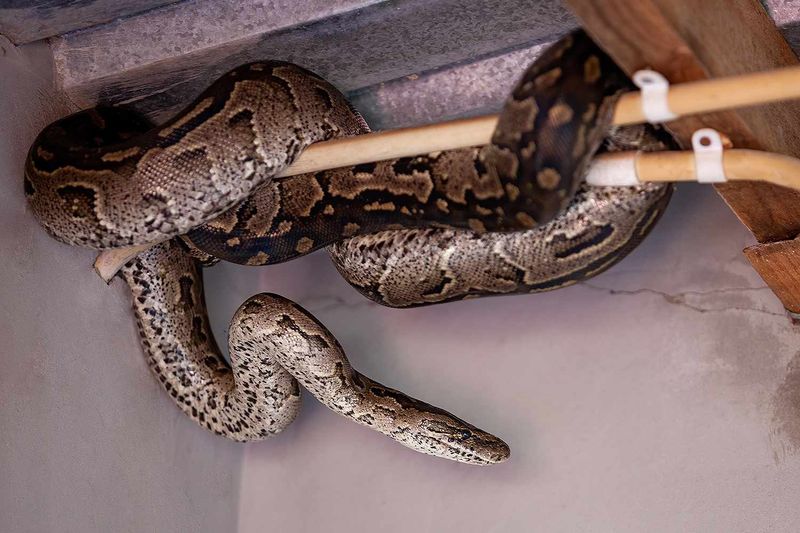
Finding even one snake indoors is a serious red flag. Snakes prefer staying outdoors unless shelter is scarce or food sources are abundant inside.
Indoor appearances suggest either extreme outdoor conditions driving them in or, more concerning, that your home has attractive entry points and resources. Multiple indoor sightings almost certainly indicate a breeding population has established itself in or under your home.
11. Snake Nurseries Discovered
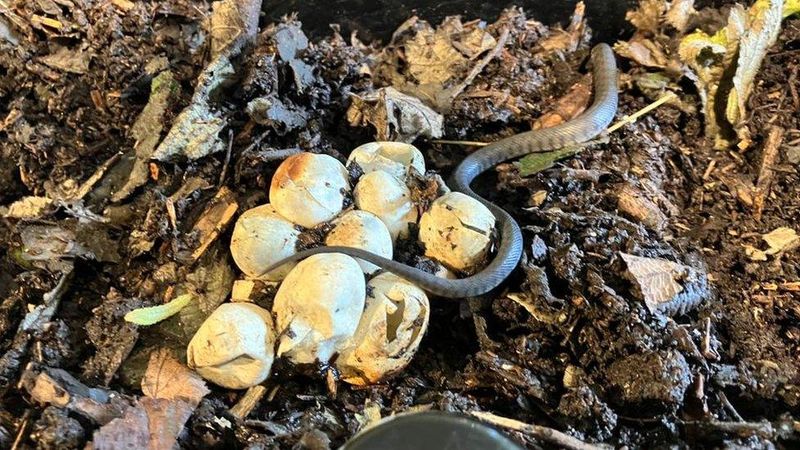
Finding a cluster of small, recently hatched snakes or discovering snake eggs is definitive proof of a breeding population. Snake eggs are leathery, oblong, and often hidden in decomposing vegetation, compost, or protected soil cavities.
Baby snakes nearby their hatching site indicate you’re dealing with an established snake colony. This situation requires immediate professional attention as young snakes disperse quickly to find their own territories.
12. Persistent Odor In Confined Spaces
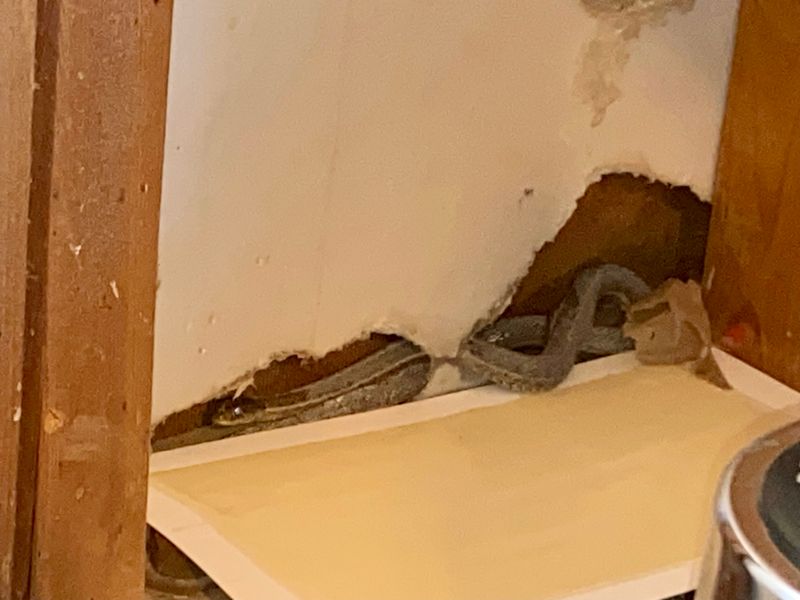
A distinctive musky smell in crawlspaces, basements, or outbuildings can indicate a snake den. This odor becomes particularly strong during breeding season or when multiple snakes congregate.
The smell resembles slightly sour cucumbers or wet earth with an ammonia undertone. If the odor persists even after cleaning and intensifies in warm weather, it likely signals a significant snake presence within your structure.
13. Repeated Sightings Despite Removal
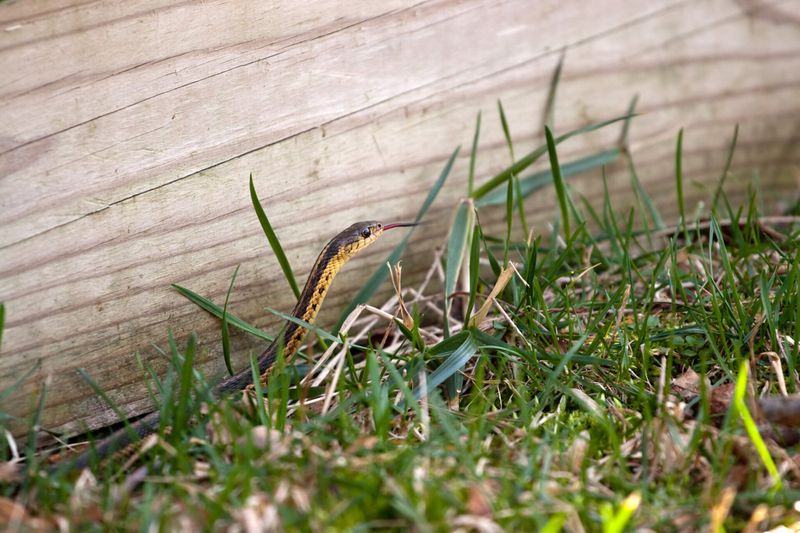
Continuing to spot snakes after removing individuals indicates a serious infestation. When snakes keep appearing despite your best efforts, they’re likely breeding faster than you can remove them.
This persistent presence means there’s abundant food, ideal shelter, and established travel corridors on your property.
Professional intervention becomes necessary as the snake population has likely reached a self-sustaining level that amateur methods cannot effectively control.

